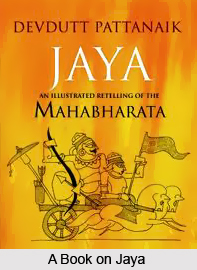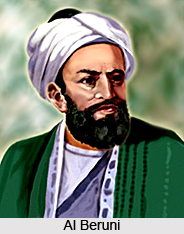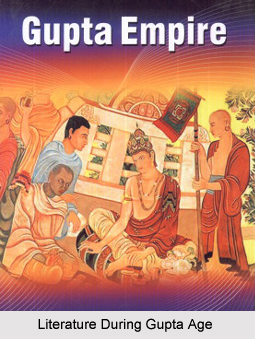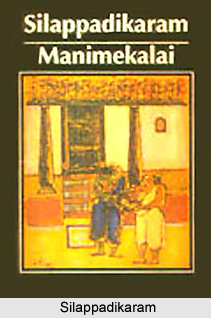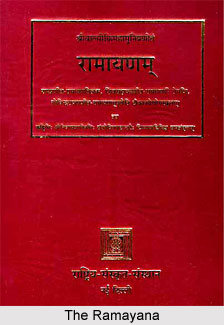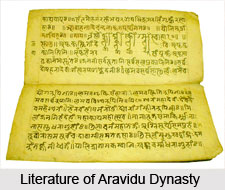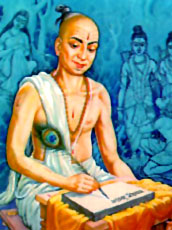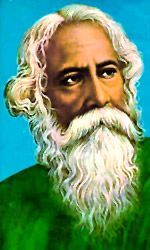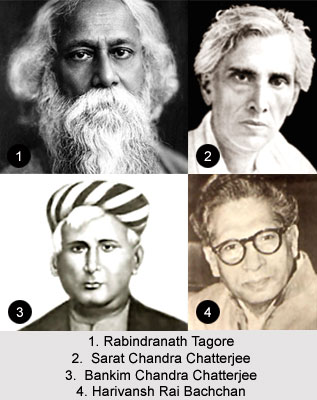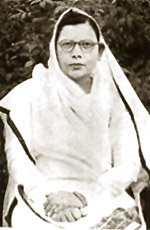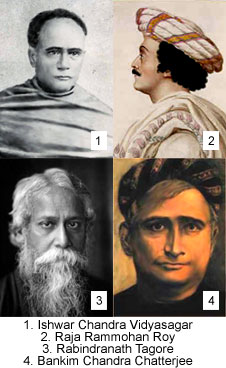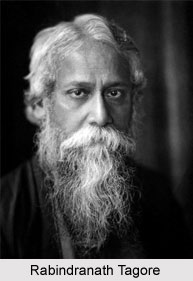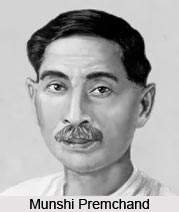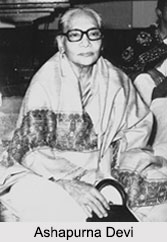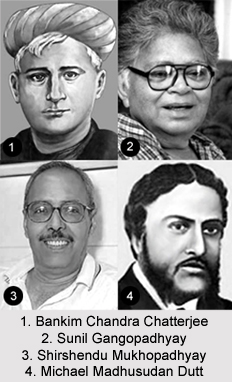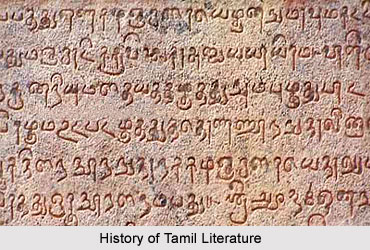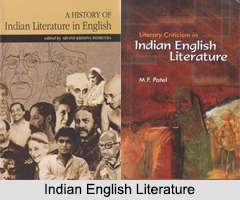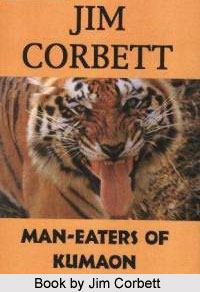 The lushness of the pea green forest, the fears of the woodlands are ideally depicted in the "Man Eater of Kumayun".
The lushness of the pea green forest, the fears of the woodlands are ideally depicted in the "Man Eater of Kumayun".
Jim Corbett was born in Nainital in the year of 1875. He spent most of his life in the jungle of Kumaon. He is still remembered as a hero in the region, and his famed worldwide glows undimmed thanks to the books he wrote. This book evokes Corbett`s life and world with a knowledge and authenticity lacking in other books on the subject. He was the master in the field and his mastery of writing reflects in most of his writing.
In author`s words, Corbett was a `tiger among men, lover of the underdog, a hero in war and pestilence, a model zamindar and employer, an ascetic, naturalist, and, above all, a hunter of man-eating tigers and leopards for thirty-two active years. He was a man of the five continents where his fans are and will be. He is no more with us but his writings will always be with the reader`s of Corbett`s creation.
Synopsis:
Man-eaters of Kumaon by Jim Corbett contains some extraordinarily thrilling, so gripping, and yet, so extraordinarily humane at the same time. Corbett never tries to shock the reader with the gruesome details. All his experiences were taken from his own life. He narrated his life story only, which contains the hunting experiences. It can never be expected the tigers as bloodthirsty beasts in Corbett`s stories. Corbett truly loves tigers and the readers will definitely have the feeling of the same. At the end of each hunting story Corbett gives the reason of why this particular tiger became a man-eater, often remarking that it was a result of a gunshot wound that disabled the tiger to hunt it`s natural pray. It was Corbett who called tiger `a big-hearted gentleman`. Corbett started campaigning for the ban on tiger hunting in the 1930s. That`s why the first National Park of India is named after Jim Corbett, and that`s why one of the sub-species of tiger - South-East Asian Tiger is also named after Jim Corbett. Another extremely important reason for a wide appeal of Jim Corbett`s books is Jim Corbett`s personality. In many of his writing he narrated the story as he is writing of someone very near and dear ones. Actually he used to love tigers and in his every writing this feelings has come up vigorously.
`Man-eaters of Kumaon` is published by Oxford University Press in the year of 1993, this is a mesmerizing story by Jim Corbett which is admired by all over the world.
`Man-eaters of Kumaon` is an excellent story by the author Jim Corbett. Like his other stories he narrated the jungle story very nicely in an attractive manner. Hats off to Jim Corbett and his tigers.
